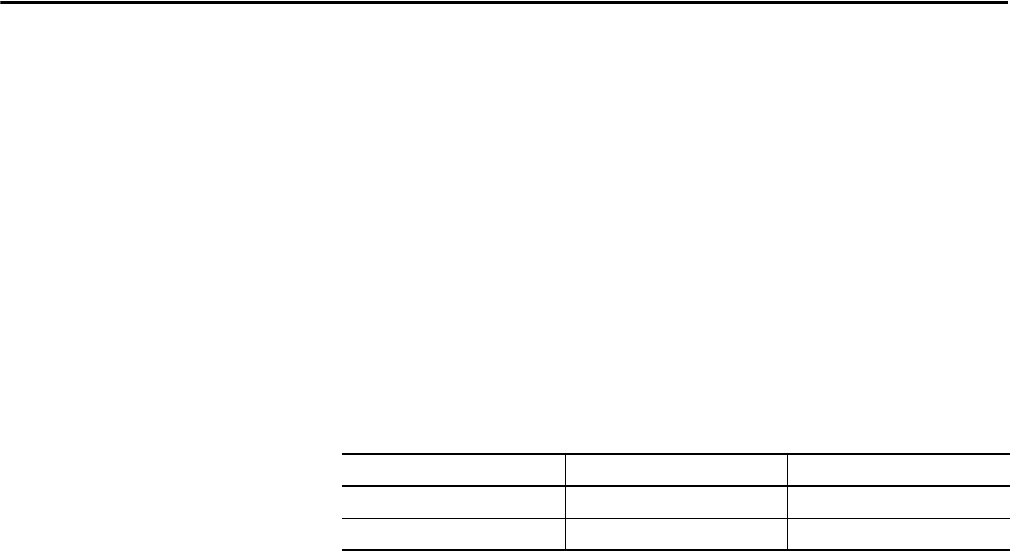Owner's manual
Table Of Contents
- Front Cover
- Important User Information
- Summary of Changes
- Table of Contents
- Introduction
- About the Drive
- Identifying the Drive by Cabinet Assembly ID Number
- LiquiFlo 2.0 Drive Component Locations
- Identifying the Power Module by Model Number
- AC Line I/O Board Description (Frame 3 Only)
- Standard I/O Board Description (Frame 3 Only)
- Combined I/O Board Description (Frame 4 Only)
- DPI Communication Ports
- Optional Equipment
- Planning the Installation
- Mounting The Power Module and Grounding the Drive
- Installing Input and Output Power Wiring
- Completing the Installation
- Using the Start-up Routines
- Programming Basics
- Parameter Descriptions
- Troubleshooting the Drive
- Verify that the DC Bus Capacitors are Discharged Before Servicing the Drive
- Determining Drive Status Using the Status LEDs
- About Alarms
- About Faults
- Diagnostic Parameters
- Common Symptoms and Corrective Actions
- Replacement Parts
- Board Replacement, Firmware Setup Procedures
- Troubleshooting the Drive Using the OIM
- Checking the Power Modules with Input Power Off
- Technical Specifications
- Using the OIM
- Installing and Removing the OIM
- Display Description
- OIM Menu Structure
- Powering Up and Adjusting the OIM
- Selecting a Device in the System
- Using the OIM to Program the Drive
- Monitoring the Drive Using the Process Display Screen on the OIM
- Displaying and Changing the OIM Reference
- Customizing the Process Display Screen
- Customizing the Function Keys
- Controlling the Drive From the OIM
- LiquiFlo 2.0 Drive Frame 3 Wiring Diagrams
- LiquiFlo 2.0 Drive Frame 4 Wiring Diagrams
- Index
- Back Cover

Rockwell Automation Publication D2-3518-3 - May 2013 31
Chapter 2
Analog Outputs
The combined I/O board contains one user-configurable analog output. The
output is configurable using inverter parameters Anlg Out Config through
Analog Out1 Lo (340...344). The analog output has two modes: voltage (output
at -10 V...10 V) and current (output at 0 mA...20 mA). Separate terminals on the
combined I/O board are used for each mode.
The mode is selected via inverter parameter Anlg Out Config (340). In this
parameter, if the lowest bit is set to 1, then the analog output is in voltage mode;
if set to 0 it is in current mode.
The following table describes the correspondence between the mode of the
user-configurable analog output and the combined I/O board terminals that
should be used.
The combined I/O board contains two special purpose analog outputs: AO1 and
AO2. These outputs are not user-configurable.
Mode Parameter 340 Setting Combined I/O BoardDesignator
Analog Output, voltage Bit 0 = 0 AO3
Analog Output, current Bit 0 = 1 AO4










